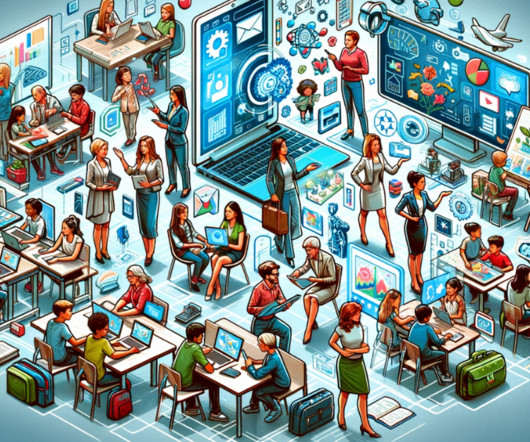Characteristics of The 21st Century Classroom
Educational Technology and Mobile Learning
JANUARY 4, 2024
With the help of technology and innovative teaching methods, educators can create a learning environment that accommodates different learning styles and paces. For example, adaptive learning technology can adjust the difficulty of tasks based on individual student performance, providing a customized learning experience.














Let's personalize your content